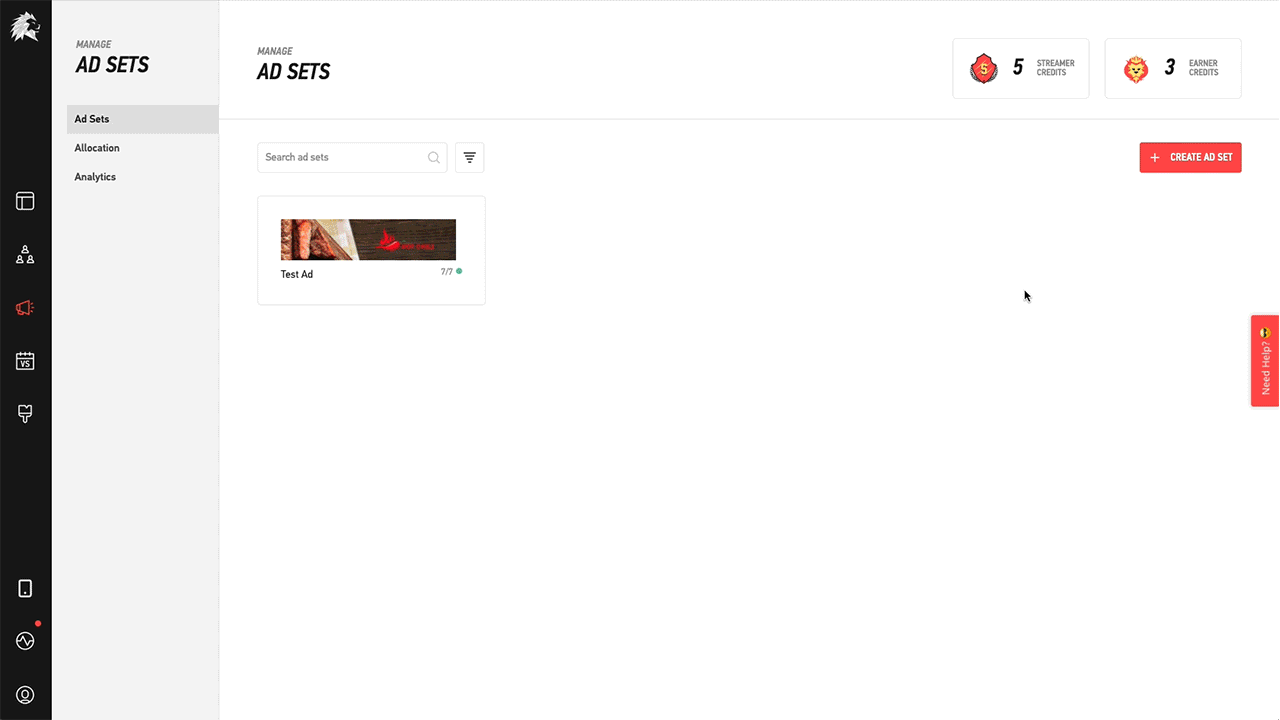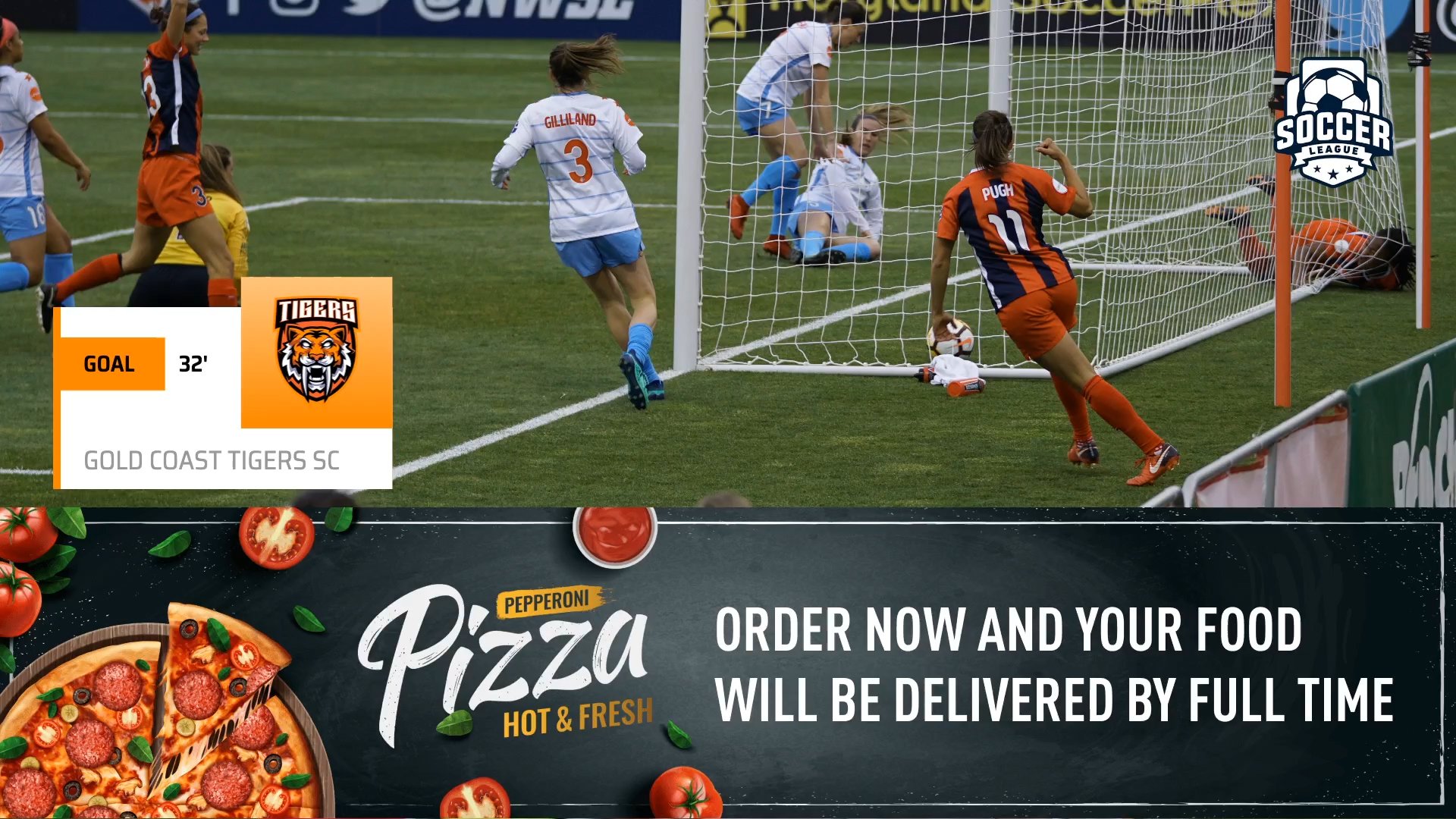 Imagine that you’ve just signed your first sponsorship deal to show ads on your live stream broadcasts. Then, your new sponsor sends you their banner ads. They look awful.
Imagine that you’ve just signed your first sponsorship deal to show ads on your live stream broadcasts. Then, your new sponsor sends you their banner ads. They look awful.Imagine that you’ve just signed your first sponsorship deal to show ads on your live stream broadcasts. Then, your new sponsor sends you their banner ads. They look awful.
Is it your place to tell them?
Certainly. You’re doing your sponsors a disservice if you don’t. Bad ads help nobody in this relationship. If the campaign doesn’t bring in any new business, then it’s unlikely that they will renew the deal. Also, you must keep in mind that poorly designed ads can annoy your viewers.
It’s your responsibility to make sure that your sponsors’ ads are optimized for success.
In the next post in this series, I’m going to share some ad agency tricks that will help you assess the likely effectiveness of your sponsors’ ads – and then explain how to fix them. If you aren’t familiar with digital ads, please read The Anatomy of a Live-Stream Sports Ad first so that you understand the terms we will use.
This post will focus on the same four design elements covered previously: branding, image, offer, and call to action.
If possible, ads should always have strong branding. Strong branding means creating ads that are easily recognizable for people who are familiar with the brand. Of course, for local companies that might not have an instantly recognizable brand, this can be difficult, but it’s not impossible.
Look at the ad and compare it to the company’s website. Do they both use the same colors, fonts, and language? Do they use the same kind of images? Do they feel like one leads into the other? If not, then the branding is weak.
A good test is to cover up the logos and see if it’s possible to tell which company the ad is for. If there’s nothing else in the ad that identifies the brand, then it’s a good idea to go back to the drawing board.
Take a look at this fast-food ad with the logos removed:
An ad with the company name and logos blacked out
Almost everyone will know which company this ad is for because of the colors and the distinctive box of fries. Obviously, this is one of the most recognizable brands in the world, but this is what all advertisers should be aiming for with brand recognition.
Here’s the original ad:
The original McDonald’s ad.
It can be tempting for designers to come up with something new for a campaign, but from a branding point of view, it can be beneficial to stick with what the audience is familiar with to build recognition.
If a sponsor supplies you with ads that look completely different from all of their other marketing materials, it’s not the end of the world if the ads tick all the other boxes, and their logo is prominent. On the other hand, if the ads don’t meet any of the requirements listed below and the branding is weak, it’s probably best to strengthen the branding when revising the ads.
Ads with images nearly always work better than ads that only use text. Images that include people – especially close up faces that look into the camera – tend to perform the best. Ads that include the product, where appropriate, also perform better than those that do not.
Stock imagery is a great way to include images in an ad if the sponsor doesn’t have any original images, but it’s important to use stock photos in the right way. It’s best to avoid generic stock imagery such as sales representatives wearing headsets or people gathered around an office table. It’s better to use images that directly link with the company’s products or services and at least look as though they aren’t stock images (even if they are).
The ad below is for a campaign that encourages children in New South Wales, Australia, to play football (this ad was shown just before the live stream began). The images used in the ad show real local children in their football kits, which is more powerful than a stock image because it helps viewers make a genuine connection with the campaign.
An advertising campaign that encourages children in New South Wales, Australia, to play football.
The offer – also known as the value proposition – is the most important part of an ad.
Compare the appeal of two ads, one with the message, “24-hour home delivery, Call to Order Now” the other, “24-hour home delivery, Double Cheeseburger only $0.99, Call to Order Now.” The ad that states an offer for a specific product will always get a better response.
Exclusive offers work even better. For example, an advertiser could give all fans of a local team 15% off. All they have to do is mention they are a fan when visiting a store. The message in the ad could read, “Mention you’re a fan of The Jets and get a 15% discount.”
For very small ads, it’s not really possible to include an offer. This is not a problem, as on the LIGR platform, these ads are part of an ad set. An ad set is a group of ads of different sizes and shapes that are displayed at various times during a stream as part of one campaign. They work together as a set, so it’s unnecessary to include the full message in every ad. The larger ads can do the work of delivering the messaging during breaks in play, while the smaller ads that just show a logo or an image can act as reminders during live gameplay.
 Ad set upload and creation in LIGR.Live.
Ad set upload and creation in LIGR.Live.
If a local advertiser provides you with ads that don’t include an offer, it’s worth asking them why and if it’s possible to include one. Be sure to let them know that their ads will perform better if they do.
A powerful offer will help an ad campaign’s performance, but an offer is useless if you don’t tell people how to claim it. It’s also vital that the “action” you’re asking them to perform is simple and easy to do.
And remember, there are no buttons or clicks in live streaming ads, so unless you use scannable QR codes, your call to action has to be verbal. Action words are best, such as “Call to Order Now”; “Find out more at www.url.com”; “Visit our store today and get 20% off!”
.png?width=3840&name=Pizza_Ad_Blog%20(1).png) An example of an advertisement containing a QR code for the user to scan.
An example of an advertisement containing a QR code for the user to scan.
If you are asked to run ads that don’t have a verbal call to action, it’s best to explain that digital ads always perform better if they include an offer and instructions for how to claim the offer.
Make sure that you never run sponsors’ ads with a visual button that looks like it can be clicked on, with messaging such as “Buy Now”. It will only frustrate your viewers and make your streams look unprofessional when they click and nothing happens.
When you break it down into these four items, it’s a very straightforward process to critique your sponsors’ ads and pass on recommendations. It can seem daunting to give this kind of advice to your sponsors, but they will appreciate your advice and the fact that you care about the performance of their campaigns.
This is the kind of advice that ad networks and advertising agencies offer on a daily basis, so it can only put you in a good light if you can provide quality control as part of your service to your sponsors.
It’s hard to secure amateur sport sponsorship, so you should do everything you can to keep hold of it. You will always get more repeat business from sponsors if you can maintain a strict quality control policy for advertising. You will also ensure that the viewer experience isn’t compromised for your fans.
 A pizza advertisement shown alongside a goal event graphic. Powered by LIGR.Live.
A pizza advertisement shown alongside a goal event graphic. Powered by LIGR.Live.
For the next post in this series, we want to talk about designers. Sometimes, you need to take matters into your own hands. If your sponsor can’t supply you with ads, don’t worry. It’s surprisingly easy to commission some yourself. To learn where to find economical designers and how to brief them, read: How to Work With Designers and Create Better Ads for Your Sponsors (coming soon).